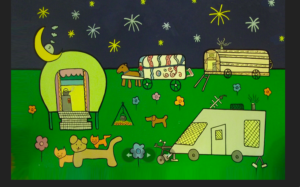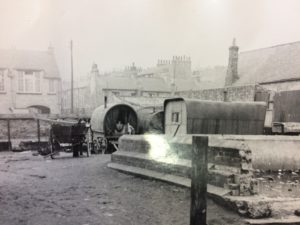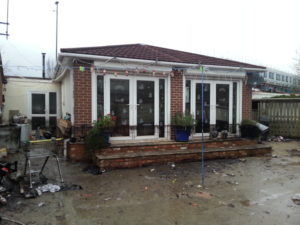
As part of the My Future York project, Helen Graham worked with York Travellers Trust and with, Carrieanne Eddison, Denise Lambert, Lorraine Mulvenna, Debi White, Christine Sheppard, Kally Smith and Kay Tate to develop these articles.
Gypsies and Travellers are widely recognised as a significant ethic and cultural group in York. The 2015 floods which affected James Street brought an enormous amount of solidarity and support for the gypsies and travellers who were forced off their site. As one of us, Kally Smith puts it, ‘the whole city came together’.
Yet changes to national legislation have the potential to negatively affect the future of York’s gypsy communities. In August 2015 planning guidance changed the definition of Gypsy and Traveller to remove the idea of a cultural identify, ‘persons with a cultural tradition of nomadism or living in a caravan’. Since the new policy came into effect, this has meant that to be recognised as a Gypsy or a Traveller for planning purposes you had to be only temporarily settled. This has had serious implications for planning for the communities’ future through the Local Plan.
With the Local Plan final public consultation now closed, through four short ‘in conversation’ articles, we explore different aspects of past, present and future life for York’s Gypsy and Traveller communities.
The national policy changes and its implications for the Local Plan has raised the question of how York – a Human Rights City – can be proactive in enabling the city’s Gypsy and Traveller communities to be fully recognised as a cultural group. It also prompts us to ask some broader questions: How can we ensure all of the city’s communities and their ways of life are planned into the city’s future? How can the way we understand the city’s heritage to be expanded beyond our buildings and archaeology to include living culture and ways of life?
You can read the four different conversations here:
Floods 2015: ‘the whole city came together’
The Local Plan, culture and community
You can also read Violet Cannon (Chief Officer, York Travellers Trust) imagined future for York Central, ‘Sharing York’s Gypsy Traveller Heritage’

